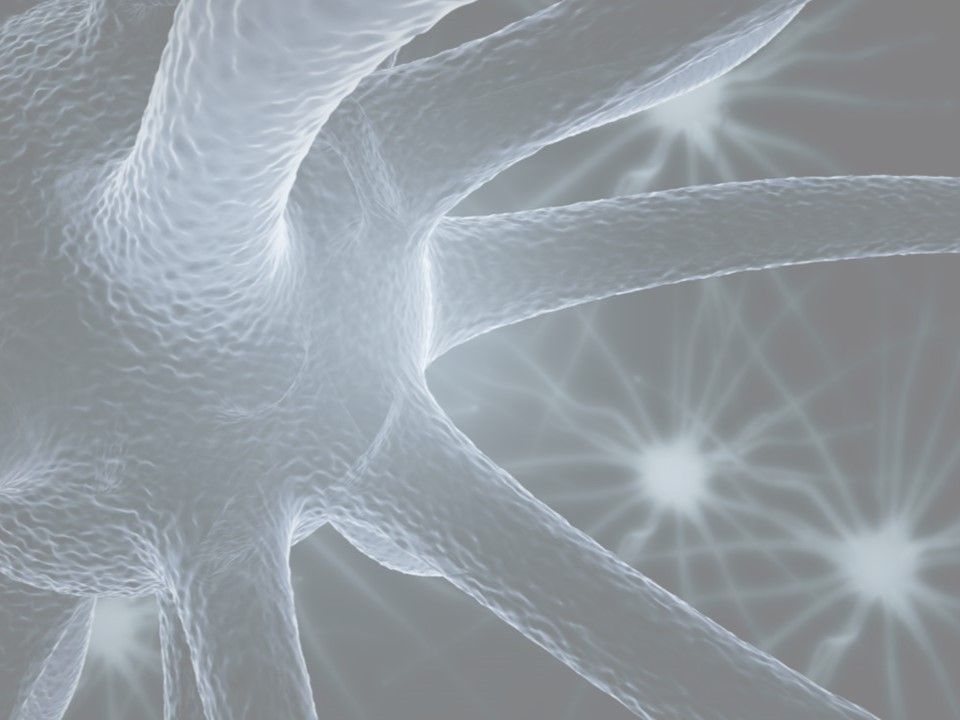Publication
Article
Psychiatric Times
Newly Identified Neural Circuit May Be Target for Future PTSD Treatments
Author(s):
Recent findings could pave the way for targeted therapies for conditions associated with hypervigilance and recurrent distressing memories.
Image ©Peshkov/stock.adobe.com

RESEARCH UPDATE
A specific circuit of young adult-born neurons in the brain plays a key role in the recognition of safe versus hazardous situations, according to researchers. Their findings, recently published in Science, could pave the way for more targeted treatments for conditions such as PTSD that are associated with hypervigilance and recurrent distressing memories.1
“Without these cells, we would be incapable of distinguishing similar situations from each other, a process sometimes termed pattern separation, which is critical not only for forming novel memories but also for discriminating between safe and dangerous contexts,” said the study’s senior investigator, René Hen, PhD, of Columbia University, New York, in a press statement.
In a study conducted in adult mice, Hen and colleagues1 looked at how young adult-born neurons in the hippocampus either excite or inhibit the dentate gyrus via metabotropic glutamate receptors or N-methyl-D-aspartate receptors, respectively. These opposing mechanisms have profound effects on memory, learning, and mood.
The neural circuit controlled by the young neurons is involved in the development of PTSD, anxiety disorders, and phobias. According to Hen, identification of the neurotransmitters and receptors in this circuit “gives us the information we need to develop drugs that could mimic the young neurons.” He noted that neurogenesis is crucial to the mechanism of action of SSRIs but that these medications require 4 to 6 weeks to take effect.
The results of this study may lead to the development of rapid-acting treatments that directly target the neural circuits involved in mood and memory.
Funding for this study was provided by the Hope for Depression Research Foundation.
This article was originally published 5/13/2019 and has since been updated.
References:
1. Luna VM, Anacker C, Burghardt NS, et al. Adult-born hippocampal neurons bidirectionally modulate entorhinal inputs into the dentate gyrus. Science. 2019;364:578-583.






